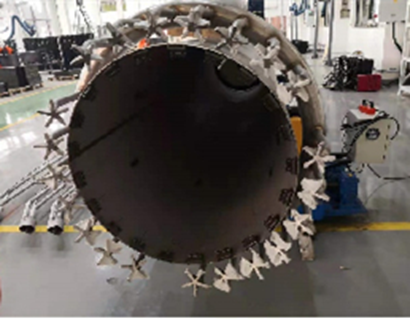
Jun 7,2024
Waste management is a critical issue that affects the environment and human health. Improper waste disposal leads to pollution, soil and water contamination, and greenhouse gas emissions. With the increase in the world's population and industrialization, waste management has become a significant challenge. One innovative solution to this problem is the use of environmental burners. In this blog, we will explore what environmental burners are, how they work, and their benefits.
An environmental burner is a sustainable technology that converts waste materials into usable energy. The process involves burning waste materials at high temperatures in a controlled environment. The heat generated from the combustion process is then used to produce steam, electricity, or heat. Environmental burners are used in various industries, including waste management, agriculture, and food processing.
Environmental burners work by using a process called pyrolysis. Pyrolysis is the thermal decomposition of organic materials in the absence of oxygen. In an environmental burner, waste materials are fed into a combustion chamber where they are heated to high temperatures. The absence of oxygen in the chamber prevents the waste from burning and instead, it decomposes into gases and oils.
The gases produced during the pyrolysis process are burned to generate heat, while the oils are used to produce electricity. The heat generated from the combustion process can also be used to power turbines, which generate electricity. The electricity produced can be used to power homes, businesses, and even the environmental burner itself.
One of the main benefits of environmental burners is that they reduce landfill waste. Landfills are a major source of pollution and greenhouse gas emissions. By converting waste into usable energy, environmental burners reduce the amount of waste that goes into landfills.
Environmental burners produce sustainable energy from waste materials. This reduces our dependence on non-renewable energy sources such as coal and oil.
Environmental burners emit fewer greenhouse gases than traditional waste management methods. The process of burning waste materials in an environmental burner produces fewer emissions than burning fossil fuels.
Environmental burners are cost-effective in the long run. While the initial cost of installing an environmental burner may be high, the savings from reduced waste disposal costs and energy bills make it a worthwhile investment.
Environmental burners are a sustainable solution to the problem of waste management. By converting waste materials into usable energy, environmental burners reduce landfill waste, produce sustainable energy, reduce emissions, and are cost-effective in the long run. As we continue to seek innovative solutions to environmental challenges, environmental burners offer a promising future for waste management.